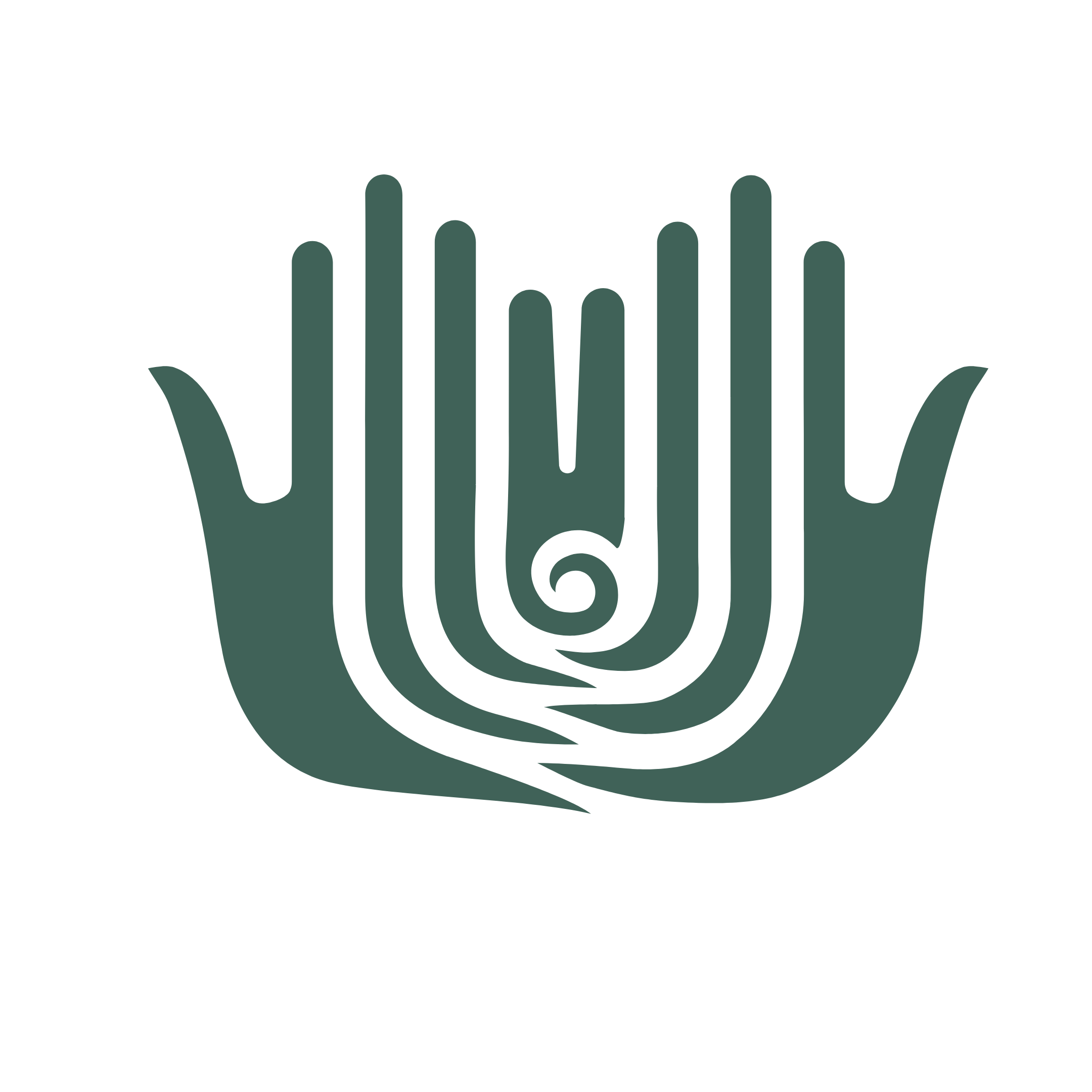An in-depth look at why the 12-session structure is so effective for creating lasting change
Have you ever wondered why some therapeutic approaches seem to create profound, lasting changes while others provide only temporary relief? The answer often lies not just in the technique itself, but in how that technique respects and works with your body’s natural transformation process.
In Zoga Movement Therapy, we’ve discovered that the human body undergoes transformation in three distinct, interconnected phases. Understanding these phases can help you appreciate why our 12-session structure isn’t arbitrary—it’s designed to honor your body’s inherent wisdom and capacity for change.
Phase I: The Surface Foundation (Sessions 1-4)
Think of your body as a house that’s been lived in for years. Before you can renovate the foundation or rewire the electrical system, you need to clear away the clutter and address the obvious structural issues. That’s exactly what happens in Phase I.
Why We Start at the Surface
Your body’s superficial layers—the muscles, fascia, and connective tissues closest to the skin—are like the weathered exterior of that house. They’ve been responding to gravity, stress, injury, and daily habits for years, creating patterns of tension and restriction that affect everything beneath.
During these first four sessions, we work systematically through three planes of movement:
Sessions 1-2: The Sagittal Plane (Front to Back) We begin by addressing the relationship between the front and back of your body. Are you collapsed forward from years of desk work? Do you arch backward to compensate for tight hip flexors? By creating balance in this plane first, we establish breathing freedom and spinal mobility—the foundation for everything that follows.
Session 3: The Frontal Plane (Side to Side) Next, we address lateral imbalances. One shoulder higher than the other? Weight shifted to one leg? These asymmetries don’t just affect appearance—they create inefficient movement patterns that drain your energy and limit your potential.
Session 4: The Transverse Plane (Rotational Movement) Finally, we address rotation—the most complex and integrated of all movements. By freeing superficial rotational restrictions, we prepare your body for the deeper work to come.
Why This Sequence Matters
Each session builds upon the previous one, creating a stable platform for deeper transformation. Without this surface work, attempting to address core issues would be like trying to renovate a house while the roof is still leaking.
Phase II: The Core Truth (Sessions 5-8)
Once the surface layers are more balanced and free, we can finally access your body’s true core—not just your abdominal muscles, but the deep stabilizing system that includes your diaphragm, pelvic floor, deep spinal muscles, and the fascial connections that hold your organs in place.
The Emotional Landscape
This phase often brings surprises. As we work with deeper layers, clients frequently experience emotional releases, memories, or sensations they haven’t felt in years. This isn’t coincidence—your core holds not just physical tension, but emotional armor built up over time.
Sessions 5-6: Establishing Deep Support We focus on creating genuine stability from within. This means working with your deep hip stabilizers, your breathing diaphragm, and the intricate relationships between your organs and their fascial containers. Many clients discover they’ve been using superficial muscles to do jobs meant for deeper structures—a pattern that creates both weakness and rigidity.
Sessions 7-8: Spinal Integration and Head-Neck Balance Your spine is your body’s central organizing structure, and your head is its crown. By this phase, we can address subtle spinal restrictions and cranial imbalances that would have been impossible to reach earlier. The work here often creates profound shifts in how you sense yourself in space.
Why Patience Is Essential
Core transformation can’t be rushed. These deeper structures need time to adapt and integrate. Attempting this work too early would be like trying to adjust the foundation of a house before removing the debris—you might create more problems than you solve.
Phase III: Living Integration (Sessions 9-12)
The final phase isn’t about adding more changes—it’s about teaching your newly organized body how to function as a coordinated whole in real-world activities.
From Table to Life
All the beautiful changes achieved in sessions 1-8 mean nothing if they don’t translate to how you walk, reach, breathe, and move through your daily life. Phase III is where we bridge the gap between therapeutic change and functional living.
Sessions 9-10: Lower Body and Torso Integration We work on integrating the pelvic and spinal changes into weight-bearing activities. How does your new core stability support you as you walk? How does your improved breathing pattern enhance your endurance?
Sessions 11-12: Whole-Body Coordination The final sessions focus on your body as a complete system. We address any remaining restrictions and, crucially, teach you how to maintain and continue developing the changes you’ve made.
The Art of Integration
Integration isn’t just physical—it’s perceptual. You’re learning to sense your body differently, to recognize the early signs of old patterns returning, and to make micro-adjustments that maintain your new organization.
Why 12 Sessions?
This structure isn’t arbitrary. It’s based on decades of observation about how human bodies actually change:
- Sessions 1-4 create the space for change
- Sessions 5-8 establish new deep patterns
- Sessions 9-12 integrate changes into functional movement
Each phase typically requires 3-4 sessions because lasting change involves not just mechanical adjustment, but neurological adaptation, emotional processing, and perceptual learning.
Your Body’s Wisdom
Perhaps most importantly, this three-phase approach respects your body’s inherent intelligence. Your current patterns, even if they cause pain or limitation, developed for good reasons. By working systematically from surface to core to integration, we honor these protective strategies while gently offering better alternatives.
The 12-session structure isn’t a rigid protocol—it’s a roadmap that can be adapted to your unique needs and responses. Some clients need additional sessions in a particular phase; others move through quickly. What remains constant is the underlying principle: sustainable transformation happens in layers, and each layer must be properly established before the next can be effectively addressed.
The Journey Continues
By session 12, you’re not “fixed”—you’re equipped. You have a more organized, responsive body and, equally important, the awareness to continue your own development. The three phases of transformation become a template you can return to throughout your life, whether you’re recovering from injury, adapting to new challenges, or simply wanting to explore your body’s potential more fully.
Understanding these phases can help you be a more active participant in your own transformation. When you know why we’re working on your breathing before addressing your back pain, or why we spend time on subtle spinal movements, you can engage more fully with the process.
Your body has been developing its current patterns for years or decades. Changing them thoughtfully, thoroughly, and sustainably takes time. The three-phase approach ensures that time is well spent, creating changes that don’t just feel good temporarily, but serve you for years to come.
Ready to begin your own three-phase transformation journey? Contact me via WhatsApp button in the bottom right corner to learn more about how Zoga Movement Therapy can help you unlock your body’s potential for lasting change.
Other Zoga Movement Posts
The Breath Connection: Why Your First Session Focuses on Breathing
Exploring the foundational role of breath in structural transformation When you arrive for your first Zoga Movement Therapy session, you might...
What to Expect on Your First Massage Therapy Visit
Getting a massage can be a great experience! It is important to know what will take place and how it will happen. Read below to learn what happens...
How massage therapy provides stress relief
Stress is necessary for survival. Every day is typically full of activities that elicit the stress response, like driving in traffic, having an...

